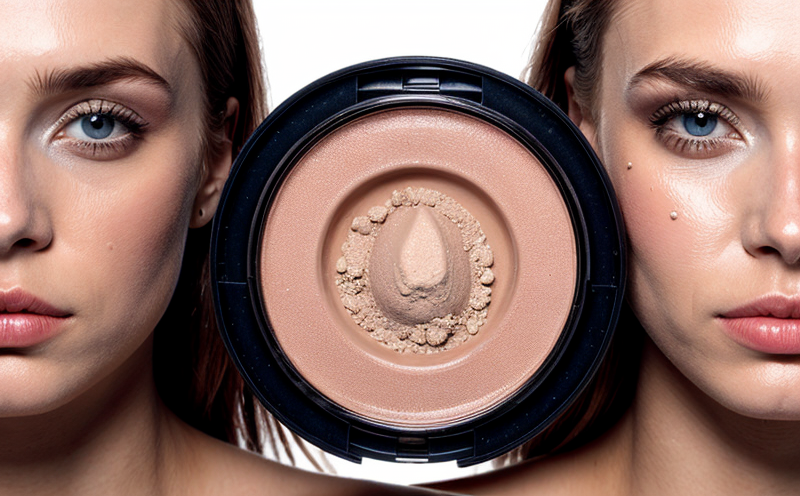Heavy Metals in Hair Dyes Testing
The testing of heavy metals in hair dyes is a critical aspect of ensuring product safety and compliance with international standards. This service involves the identification, quantification, and analysis of various heavy metal contaminants present in hair dye formulations to safeguard against potential health hazards. Compliance with regulatory requirements is paramount for manufacturers to protect consumers from adverse effects such as skin irritation or other toxicological issues.
Heavy metals like lead (Pb), mercury (Hg), arsenic (As), cadmium (Cd), and chromium (Cr) are known to have detrimental health impacts when present in cosmetic products. Regulatory bodies worldwide, including the FDA, EU Cosmetics Regulation, and others, mandate strict limits on these elements within hair dye products.
This testing service employs advanced analytical techniques such as Inductively Coupled Plasma Mass Spectrometry (ICP-MS), which offers high sensitivity and precision for detecting trace amounts of heavy metals. Specimen preparation involves homogenization of the hair dye sample, followed by digestion steps using acids to release bound or encapsulated metals into a solution suitable for analysis.
The process ensures accurate quantification down to parts per billion (ppb) levels, which is essential for meeting stringent regulatory standards. Reporting includes detailed results accompanied by compliance statements indicating whether the product meets specified limits set out in relevant international standards such as ISO 23496-1 and EU Cosmetics Regulation.
In addition to ensuring safety for end users, this service supports quality control throughout the manufacturing process by providing real-time feedback on raw material purity. It also assists in identifying potential issues early in development stages which could lead to costly recalls later down the line.
Applied Standards
| Standard | Description |
|---|---|
| ISO 23496-1 | International standard that specifies requirements for the determination of heavy metals in hair dyes. |
| EU Cosmetics Regulation (EC No. 1223/2009) | Regulation stating maximum limits for certain contaminants including heavy metals in cosmetic products. |
Industry Applications
- Quality Assurance: Ensuring consistent product quality and compliance with regulatory requirements.
- R&D Support: Identifying potential safety concerns during early stages of product development.
- Purchase Verification: Verifying supplier claims about raw material purity before final purchase decisions are made.
- Compliance Monitoring: Regularly checking product batches against current regulations to avoid non-compliance issues.
Competitive Advantage and Market Impact
In today’s highly competitive market, being able to demonstrate a commitment to safety and regulatory compliance can set your brand apart from competitors. By offering this heavy metals testing service, companies position themselves as leaders in product integrity and consumer protection.
This service also plays a crucial role in reducing risks associated with non-compliant products reaching the market, thereby protecting both the company’s reputation and potential legal liabilities. Compliance with standards like ISO 23496-1 helps build trust among consumers who are increasingly concerned about what they put on their bodies.
Furthermore, early identification of heavy metal contamination allows companies to quickly address any issues, potentially avoiding costly recall campaigns or lawsuits. This proactive approach can significantly reduce operational costs and enhance brand reputation over time.





